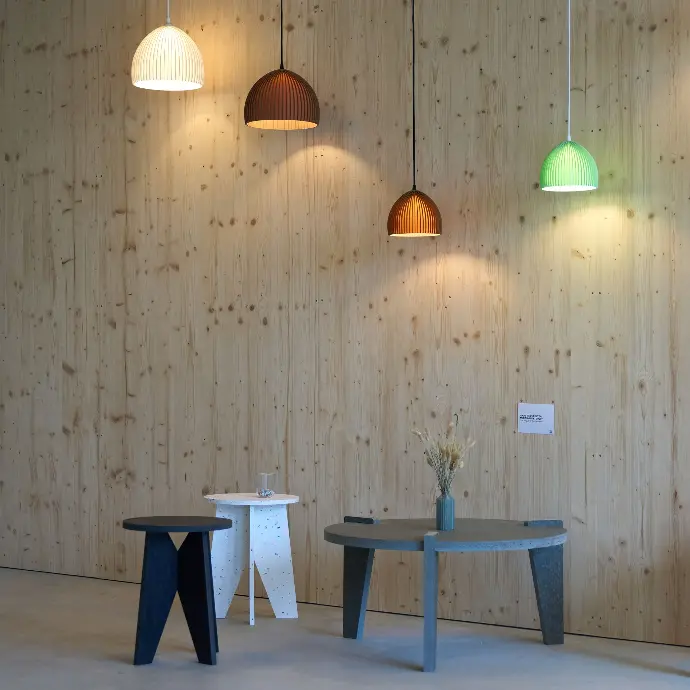Circularity
What is circular economy?
Circularity, in various contexts, refers to systems, processes, or philosophies that emphasise the continuous reuse, recycling, and regeneration of materials and resources. Here at ENGA we are built up based on the circular economy principles. Circularity in the context of business is about designing products and systems to minimise waste, make the most of the resources, and ensure products or materials are reused, remanufactured, or recycled at the end of their lifecycle.
Why are we doing this?
Because we believe this is the only way to operate a company sustainably. We know we need to reduce our environmental impact as a whole, and foster economic growth through innovative use of resources.
Why 3D printing?
Design Flexibility
We can easily modify and tweak designs without the need for retooling. This makes it simple to produce small batches and make updates of a design at any time.
Reduce Waste
Material Efficiency: Unlike traditional subtractive manufacturing, which cuts away material to create parts, 3D printing builds layer by layer, using only the necessary amount of material. This alone reduces waste.
Sustainable Practices
By minimising material waste, 3D printing contributes to more sustainable manufacturing processes.
Complexity & Innovation
3D printing can produce complex and one-of-a-kind designs. The technology opens up new possibilities for innovative design and creative solutions, pushing the boundaries of what can be made.
How do we
Reduce
Reuse
Recycle

Reduce
We continually improve our processes and designs of products to use less materials and reduce waste wherever possible.
Reuse
We avoid using virgin materials. Instead, we focus on making long-lasting products from repurposed materials.
Recycle
We incorporate recycled materials into our products and design them to be recyclable. We also support recycling efforts throughout our production process.
Repairability
Our products are purposefully designed and manufactured to be easily disassembled, using screws instead of glue or welding, allowing components to be separated for repairs when needed.
Additionally, we provide spare parts for all our items and use 3D printing to produce them on demand, preventing overproduction and extending product longevity.